From the shadows
Next week, the Victoria & Albert Museum hosts the first exhibition of work by contemporary camera-less photographers in a UK museum.
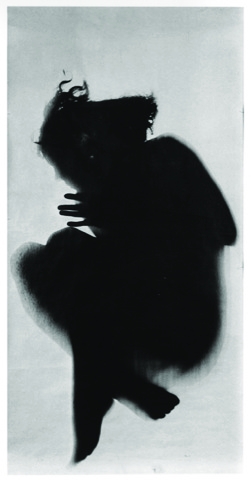
The exhibition, which has been curated by the V&A’s senior curator of photographs Martin Barnes, features the work of five leading artists – Pierre Cordier, Susan Derges, Adam Fuss, Garry Fabian Miller and Floris Neusüss – that use the form as their main practice.
Barnes says, ‘For [these five artists], the form is not a diversion or an experiment, or a method used to create decorative effects; they choose it because it is perfectly suited to what they wish to express. The medium matches the message and their philosophy.’
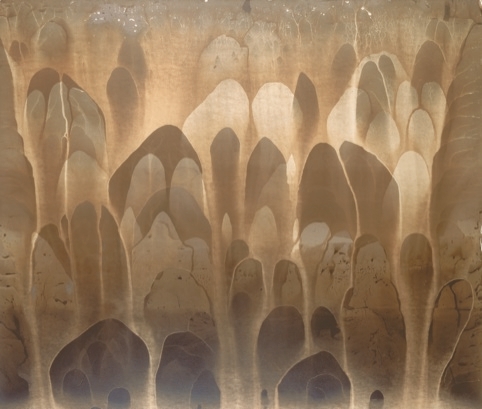
Source: ©Courtesy of Pierre Cordier
Chemigram 8/2/61 I, 8 février 1961 Gift of the Artist 2008 Centre Pompidou, Paris Musée national d’art moderne/ Centre de création industrielle
But the form itself is not a new one. Camera-less photographs, which are made by blocking light or casting shadows on light sensitive paper or chemically manipulating its surface, have been around since the early 19th century.
According to Barnes, the first documented photographs made without cameras were produced in 1802 by Thomas Wedgwood and Humphry Davy but the process was later perfected in 1835 by the inventor of the photographic negative and photographs on paper, William Henry Fox Talbot.
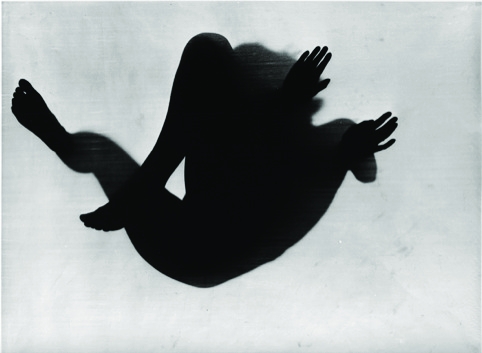
Camera-less photographs were popular with botanical illustrators in the 1840s and ’50s but the process was really taken up in a big way in the 1920s by artists connected with European avant garde art movements such as Da Da, Surrealism, including Christian Schad, Man Ray and Curtis Moffat. The form was taught by László Moholy-Nagy at the Bauhaus Schools of Design in Germany, and later in Chicago, as a way of exploring new concepts of light, time and space.
Exhibition curator Barnes first became interested in the form when he himself was a student. He says, ‘I think everyone who has made photographs for themselves in a darkroom has tried out making camera-less photographs, or photograms, placing objects directly on photographic paper and turning a light on and off to expose the paper.
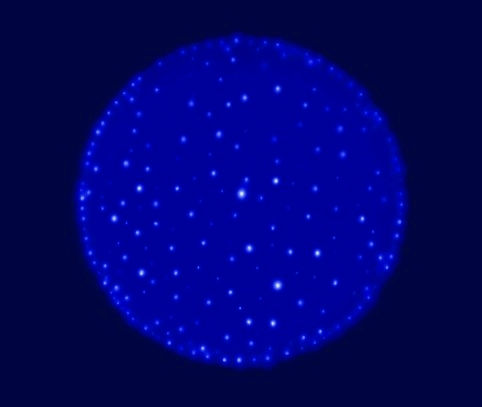
Source: © Garry Fabian Miller/ Courtesy of HackelBury Fine Art London
The Night Cell, Winter 2009/10, Collection of the artist
‘Like many students of practical photography, I tried this myself at art college and was captivated by the magical transformation of objects into what seemed to be shadows of them fixed on the paper.’
For Barnes, it is the way that camera-less photographs do not replicate the perspective given by the eye, that is particularly fascinating about these images that are made rather than taken.
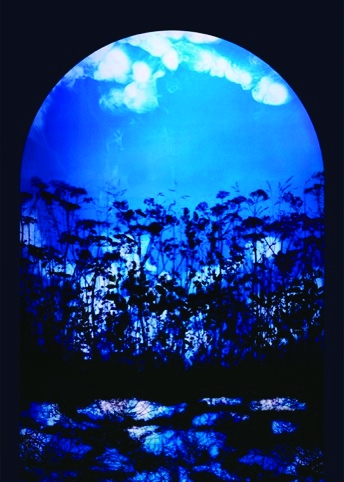
Source: © Susan Derges
Arch 4 (summer) Susan Derges 2007/08
He says, ‘I am interested in the de-familiarising effect that camera-less photographs have. They play with the language of photography, appearing like something you recognise, but at the same time being something “other”.’
Comparing the transformation between the object, shadow, light and paper in making the image to a kind of alchemy, Barnes argues that more than their mechanical counterparts, camera-less photographs leave room for suggestion, ambiguity, mystery and imaginative engagement.
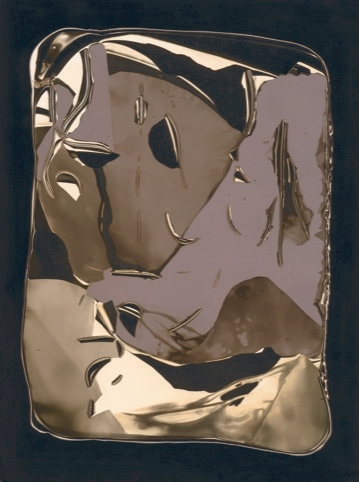
Source: ©Courtesy of Pierre Cordier
Chemigram 29/11/57 I, 29 novembre1957 Purchased in 2008 Centre Pompidou, Paris Musée national d’art moderne/ Centre de création industrielle
And because most camera-less photographs are traces of one-off events, their uniqueness makes them more commercially valuable, closer to paintings than traditional photographs.
Barnes also feels that the photographs have more of a ‘haptic quality’ – a feeling that relates to touch – often because the scale is usually 1:1 with the object depicted.
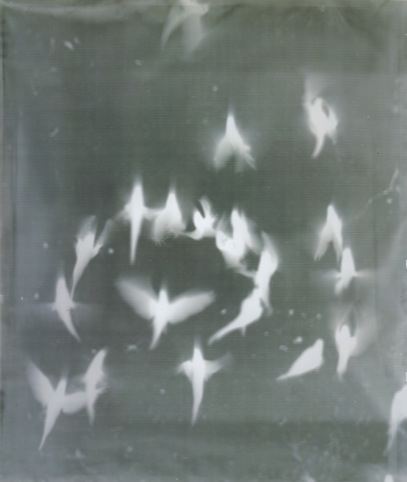
Barnes says, ‘Removing the camera feels like it allows artists to get closer to the source of what interests them – often elemental forces such as light, time, energy or the ephemeral. Rather than documents, they appear more like dreams, memories, fragments or signs, exploring an inner rather than an outer world.’
Shadow Catchers runs at the Victoria & Albert Museum, Cromwell Road, London SW7 from 13 October 2010 – 20 February 2011.
-
Post a comment




